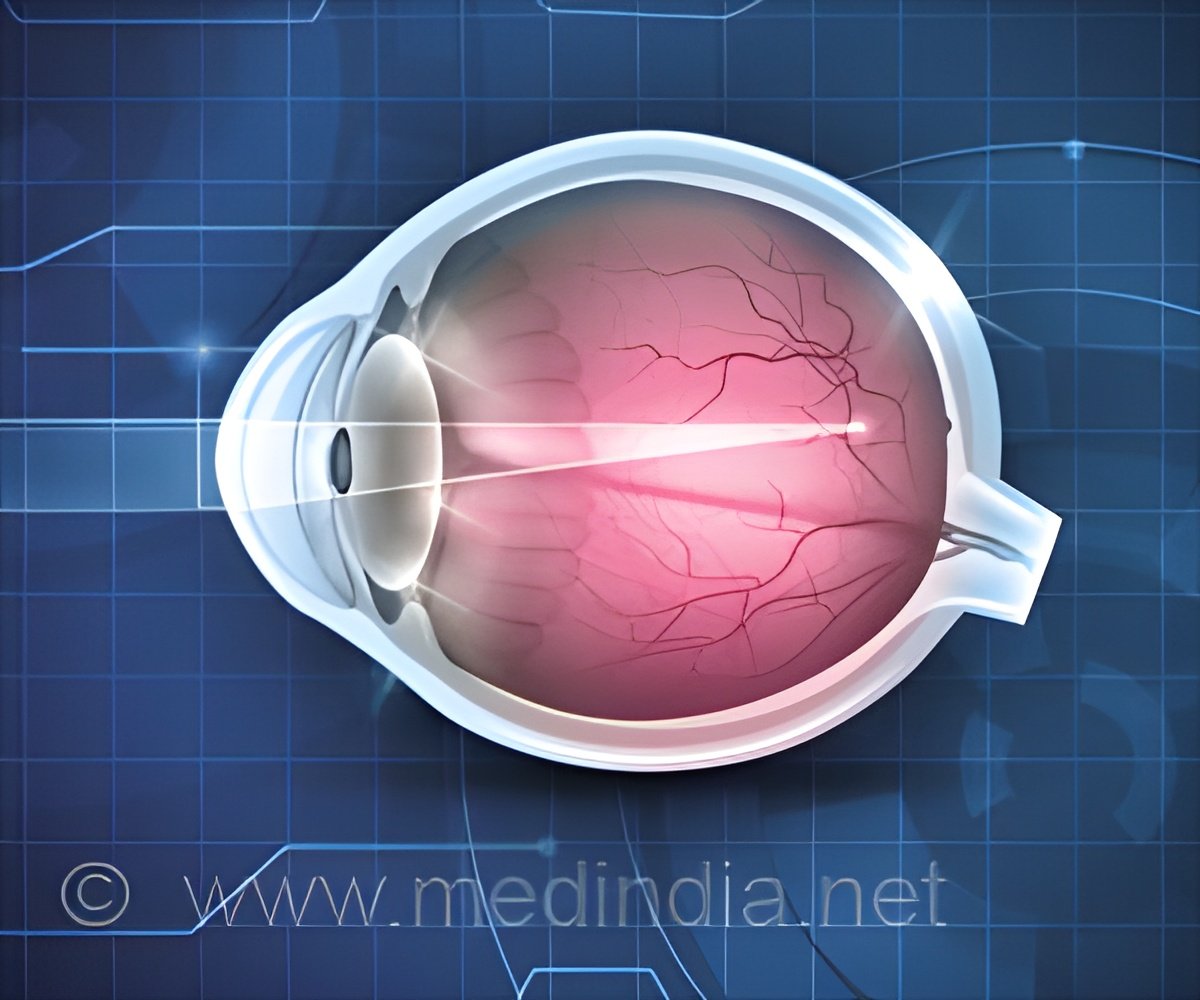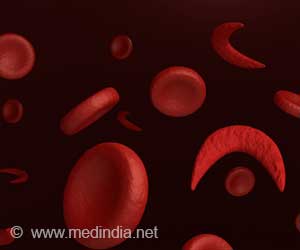
The visual signal from the eyes reaches the back of its wall in a layer called the retina. The common relay station to the cerebral cortex for all the visual stimuli from the retina of the eye is the visual thalamus. Hence from the retina, the visual stimuli are then taken to the visual thalamus through ganglion cells. These signals are then independently transmitted from each eye to the visual cortex of the brain for further processing.
But several anatomical studies state that the visual thalamus of the mouse (presumably similar to humans) does not have contact to both eyes. The scientists from Tobias Bonhoeffer's department thus developed an optogenetic method to measure the corresponding electrical responses in a visual thalamic cell.
Visual Stimuli and its Perception
It was seen that a multitude of neurons in the visual thalamus receives input from both retinae but in only a few cells, the signal strengths of both eyes are similar. Higher input strength was dominant in only one eye and the weaker signals from the non-dominant eye did not trigger any action potential for the further processing of visual information.
"The neurons in the visual thalamus do form connections with both eyes, but are functionally monocular or, so to speak, one-eyed. That means that only the signal strength of one eye is high enough for the cells to respond," says Tobias Rose, who led the study.
Advertisement
Source-Medindia













